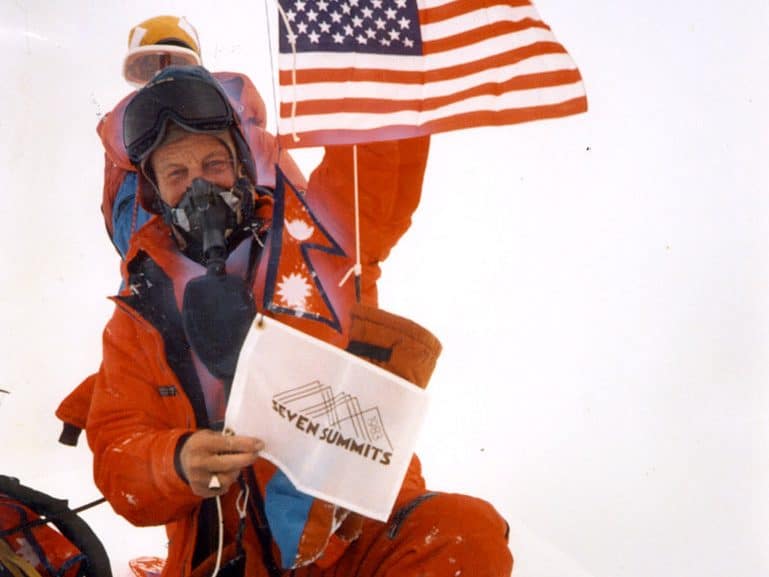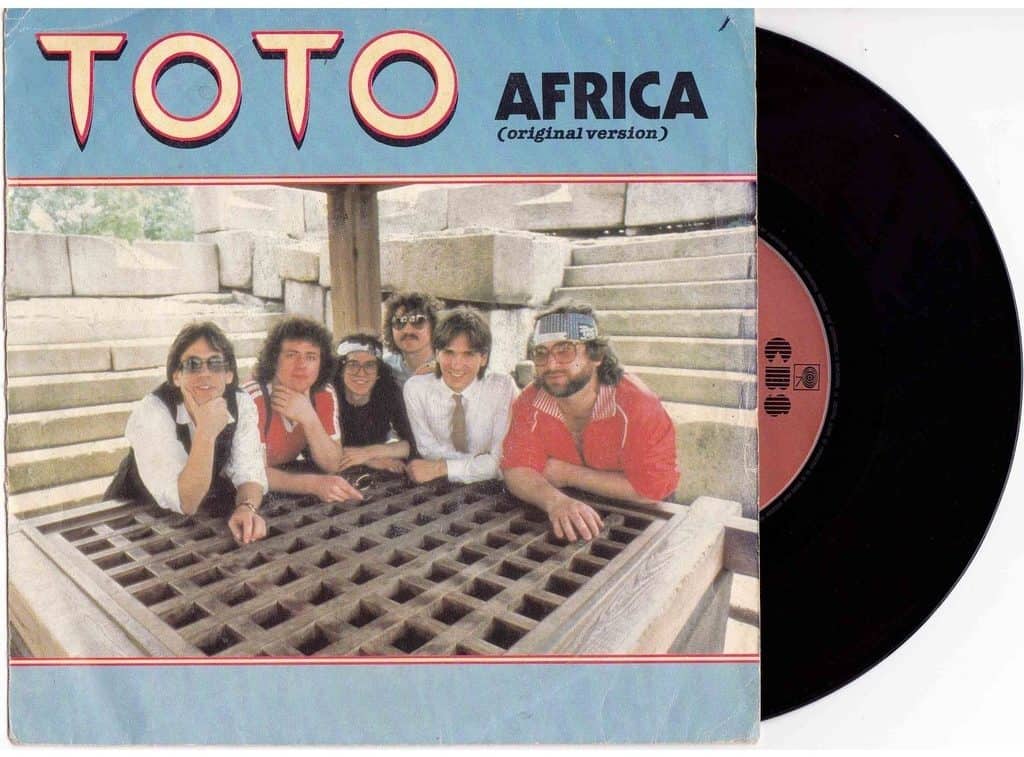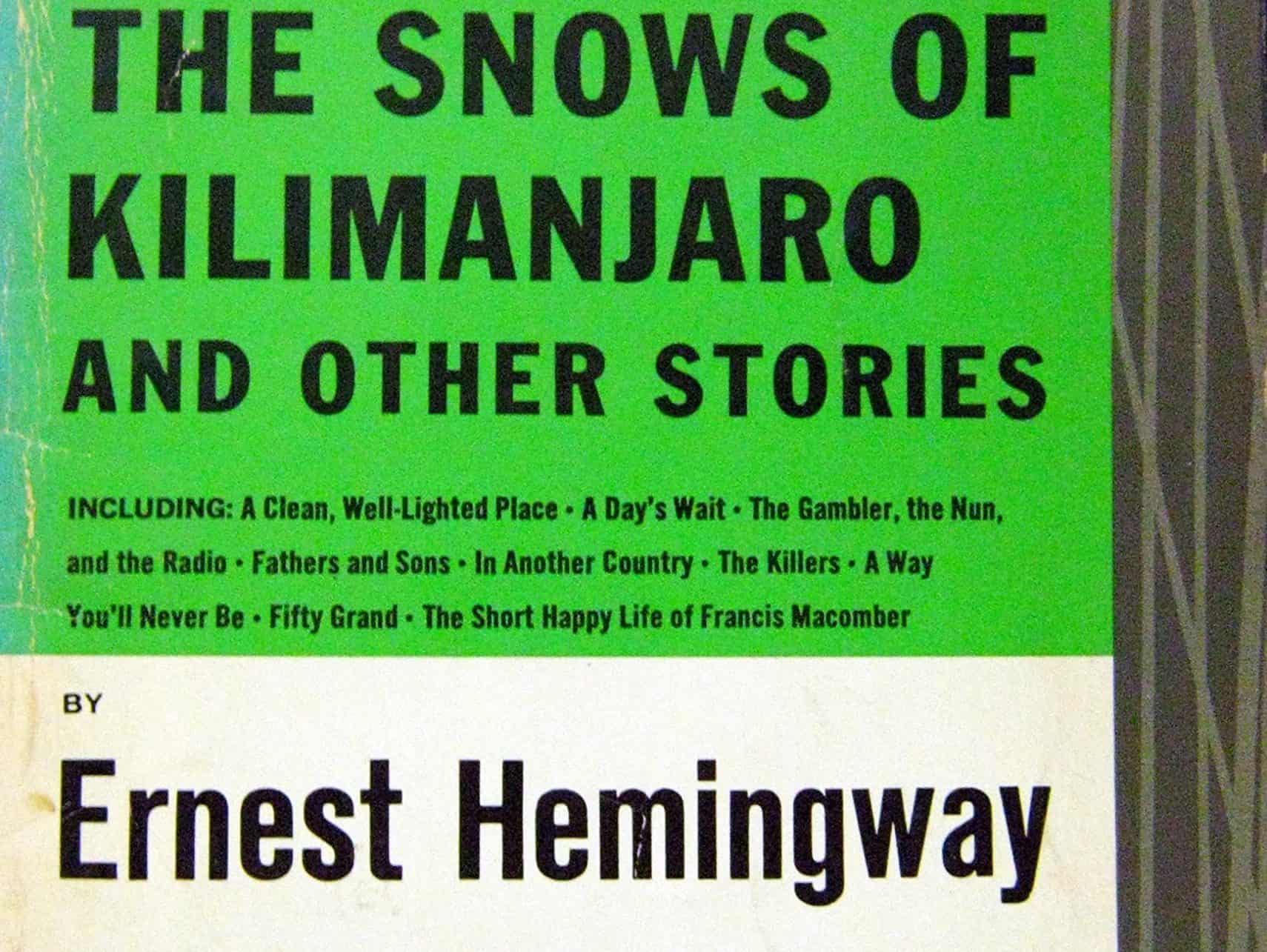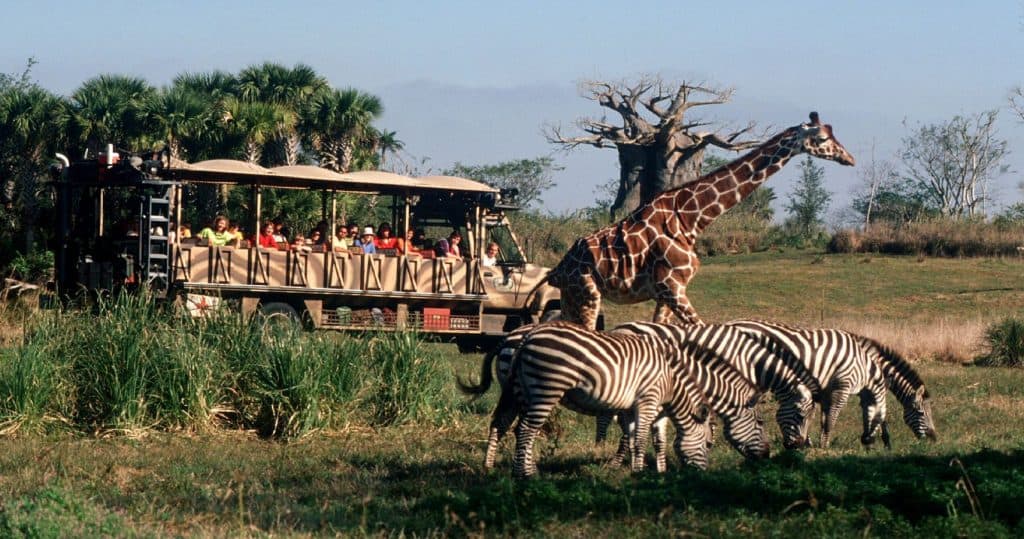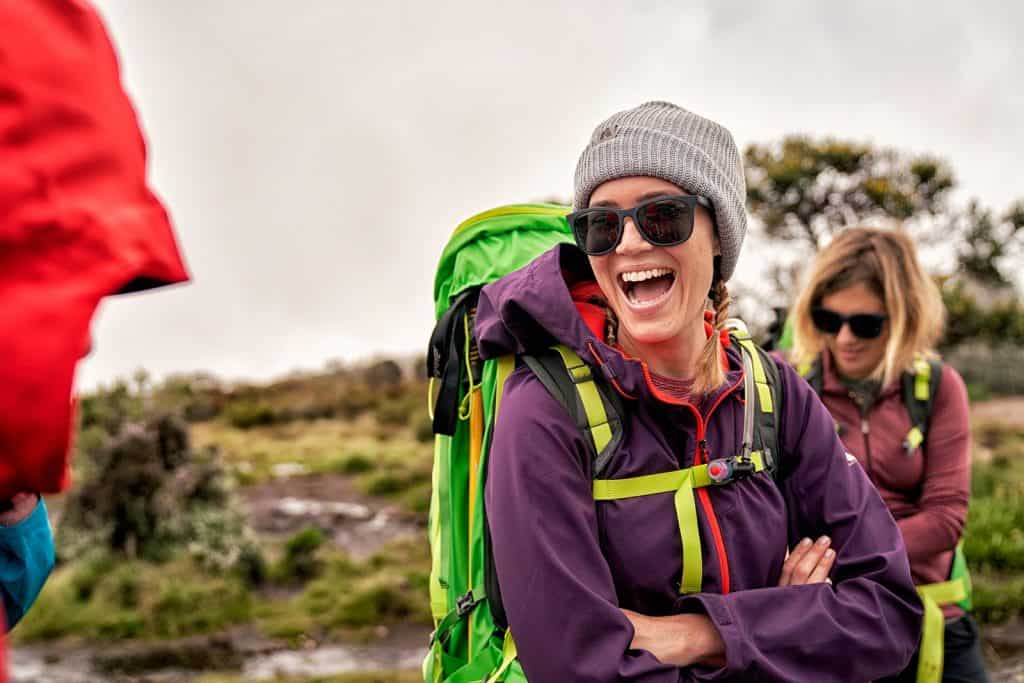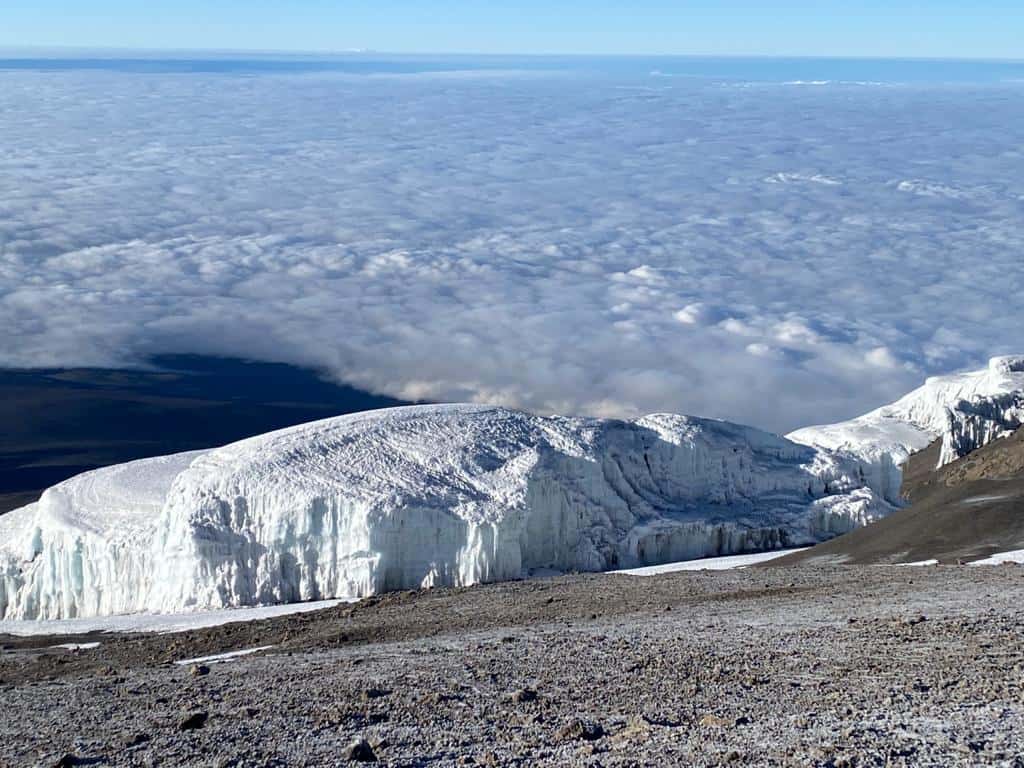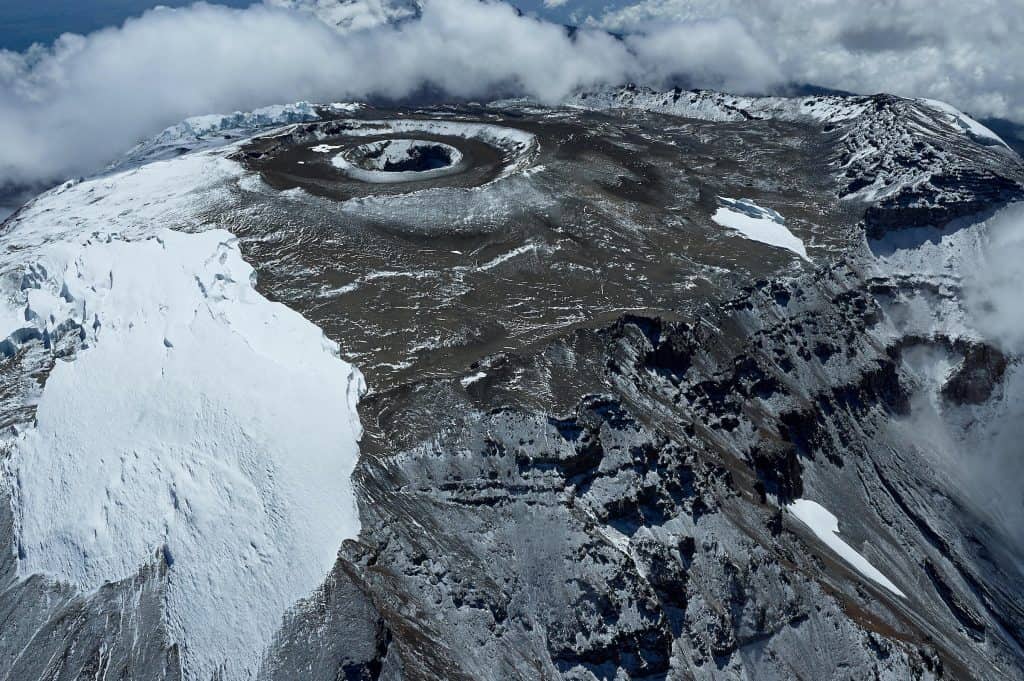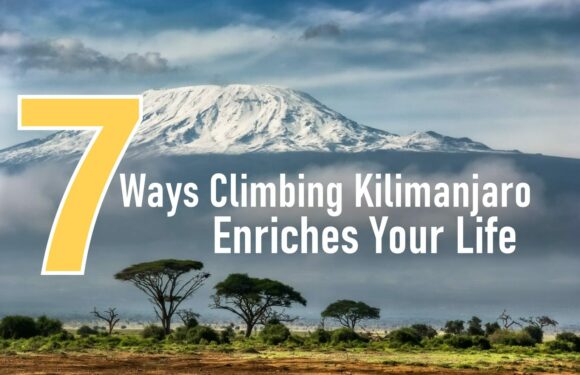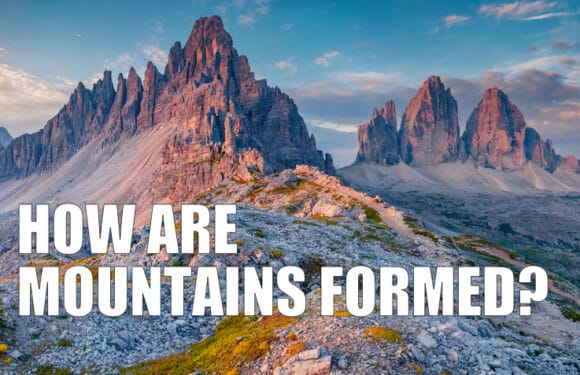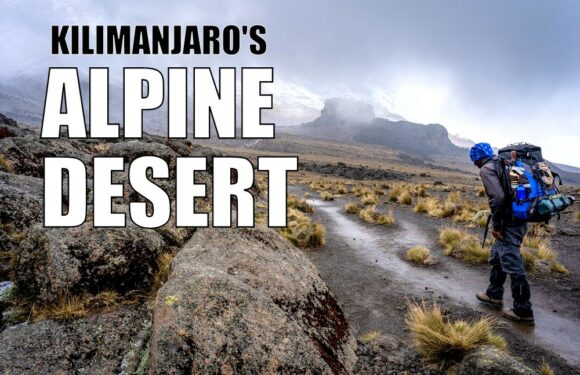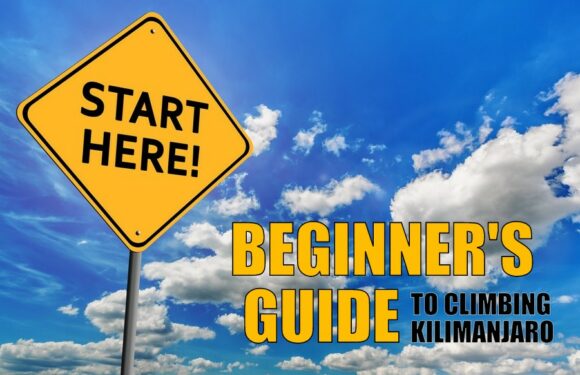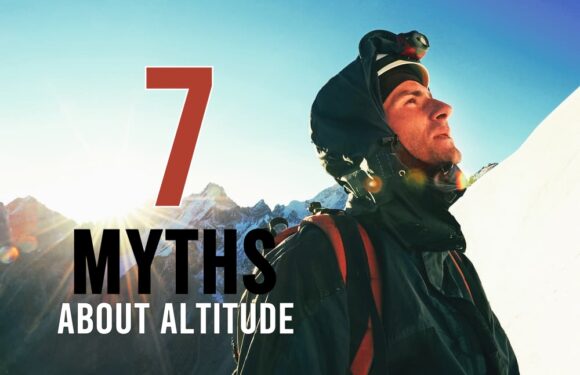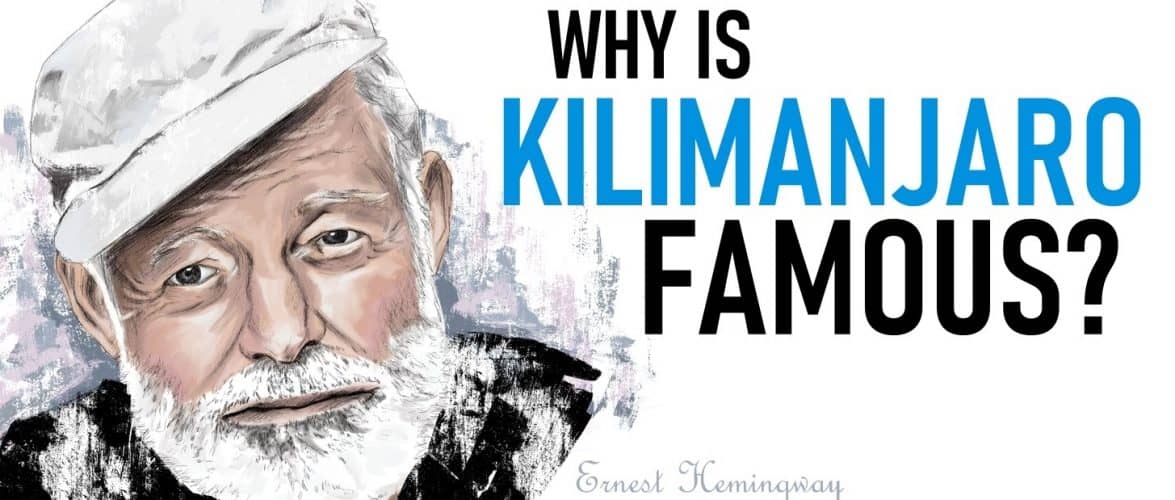
You mention to someone that you’re climbing or have climbed Kilimanjaro. And the usual question is, “Where is Kilimanjaro?” Not, “What is Kilimanjaro?”
Most people have heard of Kilimanjaro. They know it is a mountain. They know it is tall. And they know it is far away, even if they don’t know exactly where it is.
Mount Kilimanjaro is indeed a notable place. But why?
Here are top six reasons why Kilimanjaro is famous:
1. Mount Kilimanjaro is One of the Seven Summits
The Seven Summits are the highest mountains on each of the seven continents. Climbing to the tops of these peaks is regarded as the ultimate mountaineering challenge. So by default, scaling Kilimanjaro falls onto many climbers’ bucket lists.
The peaks that comprise the Seven Summits are:
- Mt. Everest (29,035 feet / 8,850 m) in Asia
- Aconcagua (22,829 feet / 6,962 m) in South America
- Denali (20,320 feet / 6,190 m) in North America
- Kilimanjaro (19,340 feet / 5,895 m) in Africa
- Mt. Elbrus (18,510 feet / 5,642 m) in Europe
- Mt. Carstensz (16,023 feet / 4,884 m) or alternatively Mount Kosciuszko (7,310 feet / 2,228 m) in Oceania
- Mt. Vinson (16,067 feet / 4,892 m) in Antarctica
The first person to have completed the Seven Summits was an American businessman, rancher and mountaineer named Richard Bass. He climbed six of the peaks (Aconcagua, Denali, Kilimanjaro, Mount Elbrus, Mount Vinson and Mount Kosciuszko) in just one year, 1983. He climbed the last peak (Everest) on April 30,1985.
As of the date of this writing, it is estimated that more than 425 people have successfully climbed the Seven Summits.
2. Kilimanjaro Was Named in a Hit Song
In October 1982, the American rock band Toto released a song called “Africa.”
The song is about a man journey to a distant land (Africa) to meet a lonely missionary there. In one of the lyrics, Mount Kilimanjaro is mentioned:
As sure as Kilimanjaro rises like Olympus above the Serengeti.
-Toto, Africa
Toto members David Paich and Jeff Porcaro wrote the song. Paich said that he finished the melody and lyrics for the chorus in just ten minutes, but spent six months making refinements before revealing it to the rest of the band.
Surprisingly, the band did not think much of the masterpiece. Band members Steve Porcaro and Steve Lukather once described the song as “dumb” and “goofy.” It was the last song they recorded and it barely made the cut for the album.
Fortunately, they did include “Africa” on their album Toto IV. It was a massive hit around the world. The song reached number one on the Billboard charts in the USA and Canada, and was in the top ten in the United Kingdom, Ireland, Netherlands, and New Zealand.
“Africa” is regarded as one of the greatest songs of all time.
3. Ernest Hemingway Wrote a Story About Kilimanjaro
In 1936, Esquire magazine published a short story entitled The Snows of Kilimanjaro.
The story’s protagonist is a writer named Harry, who gets gangrene from a thorn scratch while on a safari in Africa. Without medical care, his leg slowly rots away. As he awaits his death, he realizes that he wasted his talent by neglecting to write and wasted his time by marrying a wealthy woman he did not love to obtain a life of luxury.
The Snows of Kilimanjaro was written by American author and journalist Ernest Hemingway. During his career, Hemingway was considered the best writer of his generation. He won the Pulitzer Prize and the Nobel Prize in Literature for his novel The Old Man and the Sea. However, Hemingway believed The Snows of Kilimanjaro was his best story.
The story was made into a film in 1952. However, the ending is totally different. In the short story Harry appears to get rescued, but it’s just a dream. Harry succumbs to the infection. In the movie, it’s not a dream – Harry is airlifted and treated and, presumably, lives.
Kilimanjaro is a snow covered mountain 19,710 feet high and is said to be the highest mountain in Africa. Its western summit is called the Masai ‘Ngaje Ngbi’, the House of God. Close to its summit there is the dried and frozen carcass of a leopard. No one has explained what the leopard was seeking at that altitude.
-Ernest Hemingway, The Snows of Kilimanjaro
4. Disney World Has a “Kilimanjaro” Attraction
Disney’s Animal Kingdom is a theme park in Walt Disney World, located in Florida, USA.
The park is a combination of zoological exhibits and theme park rides which are designed to promote environmental and wildlife conservation. The largest and most famous attraction is Kilimanjaro Safaris. With 110 acres, it comprises 20% of Animal Kingdom.
Kilimanjaro Safaris is a ride that takes place in a fictitious East African village called Harambe, which means “working together” in Swahili.
Visitors sit in a rugged, open sided vehicle that can accommodate 35 guests, driven by a guide. The 18 minutes ride tours the park’s picturesque open plains, shady forest landscapes and rocky wetlands.
More than 34 African animal species live in Kilimanjaro Safaris, including antelopes, baboons, cheetahs, crocodiles, elephants, flamingos, gazelles, giraffes, hippos, hyenas, impalas, lions, ostriches, rhinos, warthogs, wild dogs, and zebras. The animals are roaming free in designated spaces. However, most species are separated for the safety of the animals.
Surprisingly, the animals sleep in enclosures for the night. Each animal has been specially trained to respond to a different sound which directs them to their overnight pen.
Kilimanjaro Safaris along with Animal Kingdom opened on April 22, 1998.
5. Celebrities Have Climbed Kilimanjaro (and Failed)
Kilimanjaro is in the news quite frequently because celebrities have been keen to scale Africa’s highest peak. This esteemed group includes public figures such as professional athletes, singers, and actors.
Given that climbing Mount Kilimanjaro does not require technical expertise or exceptional athletic ability, many people, approximately 35,000 per year, visit Tanzania with the intent of getting to the top. We estimate that half of our clients did not have significant backpacking experience prior to climbing Kilimanjaro with us.
(See The Beginner’s Guide to Climbing Kilimanjaro)
Below are a list of celebrities who have attempted to climb Kilimanjaro (unsuccessful summits are noted).
- Mandy Moore, singer (2018)
- Chris Long, NFL player (2013)
- Robbie Savage, soccer player (2013) unsuccessful due to altitude sickness
- Ray Lewis, football player (2013) unsuccessful due to injured foot
- Duncan Bannatyne, entrepreneur- (2013)
- Jessica Biel, actor (2010) Summit on the Summit
- Kenna, musician (2010) Summit on the Summit
- Emile Hirsch, actor (2010) Summit on the Summit
- Santigold, singer (2010) Summit on the Summit
- Lupe Fiasco, rapper (2010) Summit on the Summit
- Isabel Lucas, actor (2010) Summit on the Summit
- Martina Navratilova, tennis player (2010) unsuccessful due to altitude sickness
- Roman Abramovich, Chelsea Football Club owner (2009) unsuccessful due to altitude sickness
- Alesha Dixon, singer (2009) BT Red Nose Climb for charity
- Gary Barlow, singer (2009) BT Red Nose Climb for charity
- Ben Shepard, television host (2009) BT Red Nose Climb for charity
- Denise Van Outen, actor (2009) BT Red Nose Climb for charity
- Cheryl Cole, singer (2009) BT Red Nose Climb for charity
- Chris Moyles, radio host (2009) BT Red Nose Climb for charity
- Fearne Cotton, television host (2009) BT Red Nose Climb for charity
- Kimberley Walsh, singer (2009) BT Red Nose Climb for charity
- Ronan Keating, singer (2009) BT Red Nose Climb for charity
- Ann Curry, journalist and reporter (2008) unsuccessful due to altitude sickness
6. Kilimanjaro Has Glaciers (But They’re Disappearing Fast)
Part of Mount Kilimanjaro’s mystique is that it is crowned in ice despite the fact that it is near the Equator.
Mount Kilimanjaro has become a poster-child for global climate change. In the 2006 documentary An Inconvenient Truth, Al Gore asserted that the glaciers would be gone by 2016.
Within the decade, there will be no more snows of Kilimanjaro.
Al Gore, An Inconvenient Truth
Fortunately, the timeline has been proven to be inaccurate. Mount Kilimanjaro still has glaciers. But, they are still disappearing – and fast. Over the past 100 years, Kilimanjaro has lost more than 85% of its ice coverage. At this rate, most of the ice will be gone by 2040. Since the 1960s, it has lost more than half of its glaciers.
In 1992, there were 25 mountains located at the Equator that had glaciers. Now there are only 21.
Technically, the glaciers are not melting, but evaporating. The ice turns into vapor through a process known as sublimation.
The true cause of the shrinking glaciers is up for debate. Some researchers believe deforestation is to blame. Others believe it is due to global greenhouse gas emissions. Whatever the reason, the time to visit Kilimanjaro is as soon as possible. If you wait to long, you may miss one of Kilimanjaro’s most fascinating sights.



















































